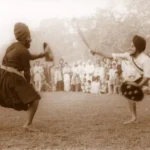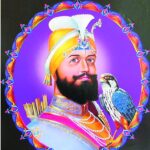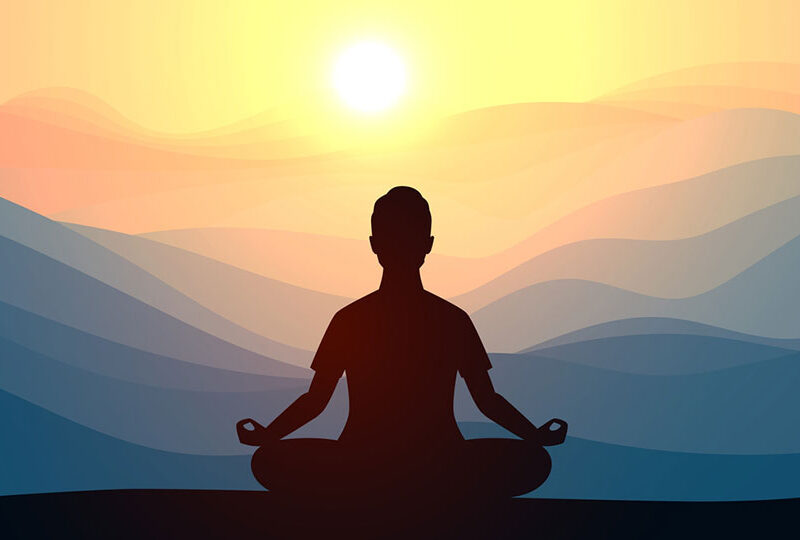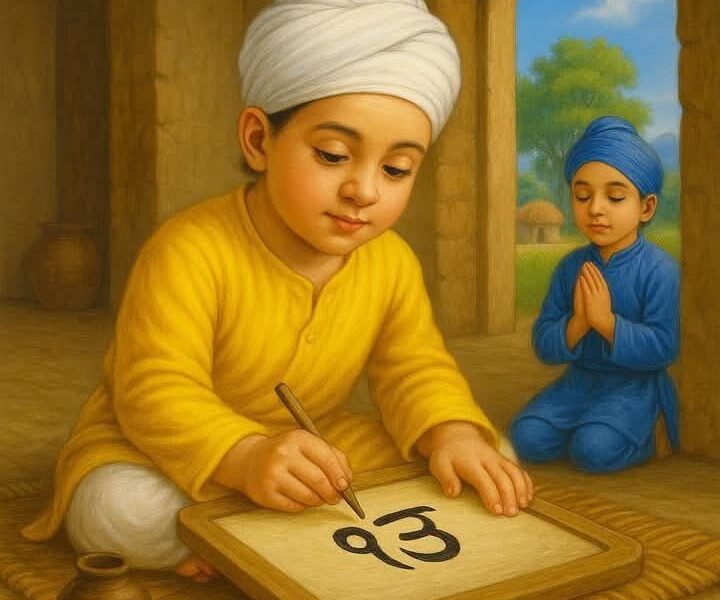Gatka is the term of a Sikh martial art that is connected with Punjabi Sikhs who practice an early form of the art. Guru Hargobind Singh ji passed this to further generations and even 10th guru Guru Gobind Singh ji was a master in this martial arts. It really is a stick-fighting genre in which wooden sticks are used to imitate swords. The Punjabi word gatka correctly refers to the wooden stick utilized.
It originally came in Punjab with in 15th century, but most of the Gatka kinds currently practiced in the countryside are westernized versions of Shastar Vidya, the Sikhs’ authentic martial art. The Worldwide Gatka Federation was established in 1982 and formalised in 1987, and gatka is now widely known as a game or sword dance performing arts, and is frequently shown at Sikh festivals.
Gatka is comparable to Kalaripayattu once more. Gatka comes as from Punjab province and has comparable swords, but it may also be learned without a cover. Trainers would sometimes wield two swords at the very same time. Despite Kalaripayattu, Gatka is frequently performed in traditional attire, but Kalaripayattu is frequently performed shirtless. Gatka, along with 3 additional indigenous sports, Kalaripayattu, Thang-Ta, and Mallakhamba, will be featured in the Khelo India Youth Games 2021 to be hosted in Haryana, according to the Ministry of Sports and Youth Affairs of the Indian government. In India, it is a nationwide sporting event.
History
The Sikh gurus imparted Gatka’s theory and tactics. It has already been conducted in various akharas all around globe and it has been bestowed in an uninterrupted tradition of Ustads (masters). Gatka was used in the Sikh battles and has a lot of military experience. It is centred on the unity of the soul and body, as well as the duty to defend dharam (goodness). As a result, it is widely regarded as both a spiritually and a physical practise.
The art was outlawed by the colonial British authorities of India just after Anglo-Sikh wars in the mid-nineteenth century. As during 1857 Indian Mutiny, the Sikhs aided the British in putting down the rebellion. Limitations on combat techniques were lifted as a result of this help, however the Punjab martial arts that resurfaced after 1857 had evolved dramatically. Sword-fighting methods were transferred to a wooden teaching stick in this new manner. It was given the name gatka after its main weapon. In the 1860s, the British Indian Army primarily used gatka to learn arm fighting.
Values of Gatka
The value of martial arts Gatka’s importance cannot be overstated. Gatka, a global sport, promotes all-around physical exercise while playing or exercising. During a Gatka combat, every area of the human body is involved, and the Gatka warrior must move quickly, crouch, lunge, bend, and rotate his torso in all orientations. He frequently has to bounce quickly on his toes. Even the eyes and intellect must work very hard to do their assigned responsibilities. As a result, it develops muscles and neural tissues, strengthens joint structures, aids in the effective performance of all 7 organ systems, and so gives the practitioner speed, flexibility, and endurance.
Furthermore, the Gatka game is less pricey in comparison. It necessitates far less services and opportunities than other high profile games, and are far less significant in terms of instilling carryover value systems. It goes without saying that appropriate Gatka practices will lead in a powerful physique, elegant posture, sharp judgement, and brave mentality.
It’s also a great way to build aerobic capacity. Furthermore, playing Gatka cleanses the blood and aids in the removal of inflammatory germs that may be travelling around and attempting to lodge in the joints. Finally, it is extremely beneficial from a sociological standpoint. A person who practises this technique can live with dignity and navigate through society in a tranquil and comfortable manner. Due to this self-defence method, Gatkebaaz may effectively protect his life by battling a multitude of attackers, at least in times of need. It provides comfort as an efficient form of self-defense for females who may readily oppose the eve-teasers.
Gatka sport does have the connotation of an activity aimed at pushing human capacity to its maximum. On a social level, it plays an important role in the wellbeing of children and the formation of a sense of community in local areas. It would also help the country’s economy and foster good relations.
Development
Gatka has evolved tremendously throughout time as a result of historic, societal, and cultural shifts, and have now evolved into a work of art instead of the basic skill of self-defense. The akhara, or arena, is a hole created in the earth of a gurdwara or in an open field. There, one can hear bhakti hymns from Sikhism’s holy scriptures, Sri Guru Granth Sahib, and see spiritual poems being performed. The men, made a pledge to ritual purity, accomplish the Fateh namah, or weapon worship, which is obtained from Guru Gobind Singh ji’s doctrine that weapons symbolise divine authority and begins with the chant “O Lord, give me so much power that I never fear performing a good deed.”








